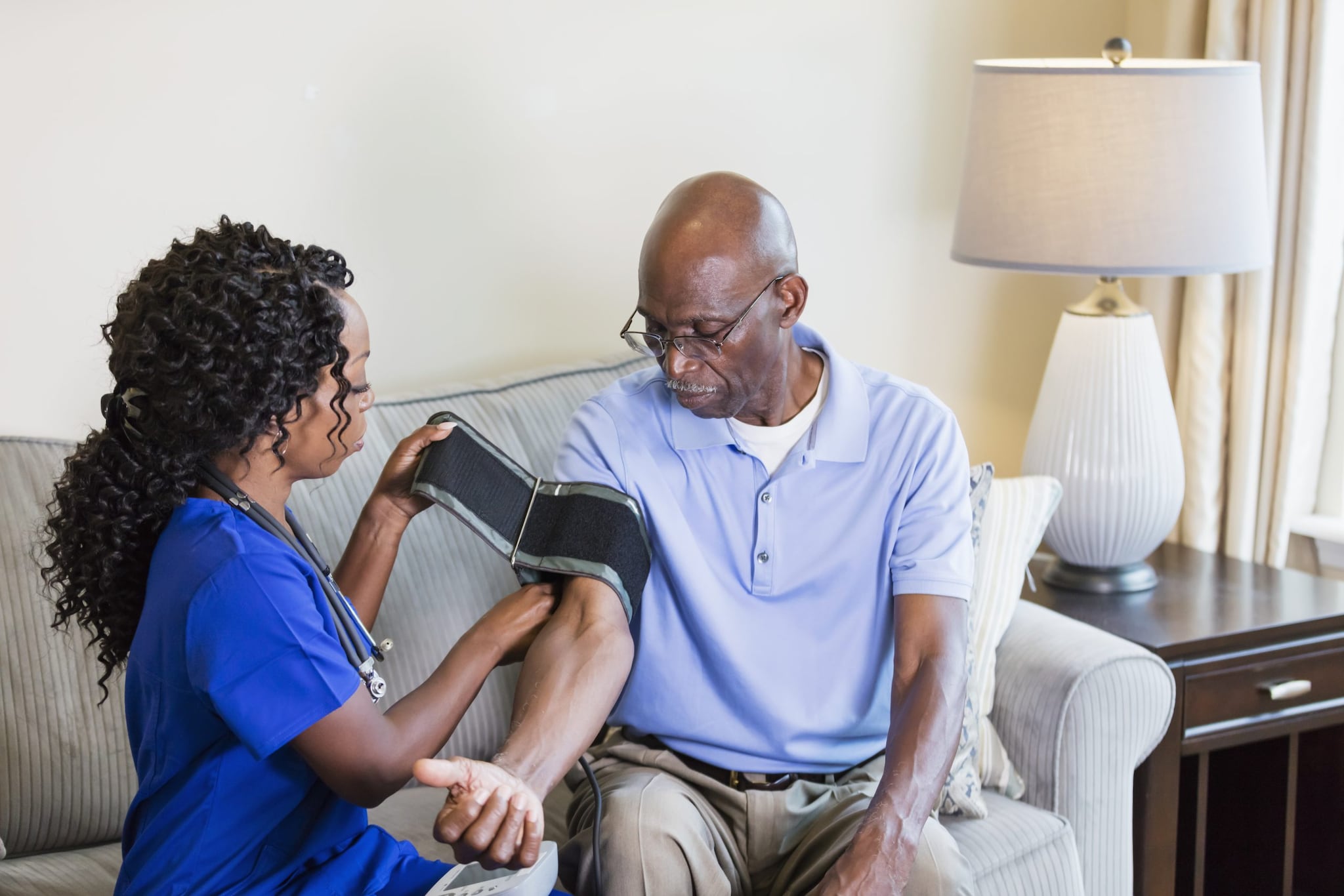Key points
- The mission of the Healthcare and Social Assistance (HSCA) Program is to eliminate occupational diseases, injuries, and fatalities and optimize workers’ health and well-being in HCSA industries.
- The Program prevents occupational injury and illness, while optimizing HCSA workers’ health and well-being through a range of efforts and partnerships.

Overview

To Learn More
The Healthcare and Social Assistance (HCSA) Program covers the over 20 million people employed in private and public sector industries. The Program supports human and veterinary healthcare and social assistance services across a broad range of settings such as hospitals, clinics, nursing and private homes, and child day care. The Program works to prevent occupational injuries and illness caused by lifting and repetitive tasks, long hours, changing shifts, violence (by human or animal), stress and other mental health concerns, and exposure to infectious diseases and hazardous chemicals.
Program priorities
The HCSA Program has selected research priorities on the basis of burden, need, and impact and collaborated with other NIOSH research programs to write the research goals in the NIOSH Strategic Plan for FYs 2019-2026. The priority areas are:
- Identify interventions to improve work organization, safety culture, and well-being.
- Reduce stress, anxiety, depression, fatigue, burnout, substance use disorders, and suicides.
- Prevent injuries from lifting, falls, sharp instruments, and other physical hazards.
- Interrupt transmission of pathogens and drug-resistant organisms.
- Minimize exposure to substances associated with cancer, adverse reproductive outcomes, dermal diseases, and work-related asthma.
- Reduce injuries associated with violence.
What we've accomplished
In 2022-2023, the Program:
- Characterized healthcare workers' perceptions of infection risk with procedures that generate sprays or mists. Findings suggest that these procedures are generally perceived to place workers at high risk of becoming infected with respiratory pathogens.. This research shows the importance of further work to better quantify risk and the effectiveness of preventive interventions.
- Evaluated COVID-19 vaccine hesitancy among veterinarians. While COVID-19 vaccination was widespread among veterinarians in June 2021, those who abstained from vaccination cited concerns about the safety, efficacy, and necessity of the vaccine.
- Described pre-pandemic well-being and mental health among healthcare workers. Across the health care workforce, insufficient sleep (41%) and diagnosed depression (18.9%) were the most common conditions reported.
- Summarized workplace interventions to prevent or reduce stress and foster positive mental health and well-being among healthcare workers.
- Determined the injury rate among healthcare workers because of intentional violence experienced from patients in the workplace.
- Quantified the percentage of healthcare workers with paid sick leave, which can impact on the ability to stay home when ill. In April 2022, 73.2% of 2,555 responding healthcare workers reported having paid sick leave, like 2022 and 2021 estimates.
What's ahead
In the future, the Program aims to:
- Publish a NIOSH training on safety culture for healthcare settings.
- Issue revised webpages for veterinarians and animal care workers.
- Summarize interventions that improve both healthcare worker and patient health and safety.
- Examine the relationship between job, risk of SARS-CoV-2 exposure, and perceived stress on infection control adherence.
- Introduce a framework to improve well-being for veterinary healthcare professionals.
- Summarize elastomeric half-face respirator (EHMR) demonstration studies and develop healthcare workplace solutions for using EHMRs.
Resources
More information on specific workplace safety and health topics and useful resources can be found on the following pages:
NORA Council
The HCSA Program helps lead the NORA Healthcare and Social Assistance Sector Council, which brings together individuals and organizations to share information, form partnerships, and promote adoption and dissemination of solutions that work. The council seeks to facilitate the most important research, understand the most effective intervention strategies, and learn how to implement those strategies to achieve sustained improvements in workplace practice.
